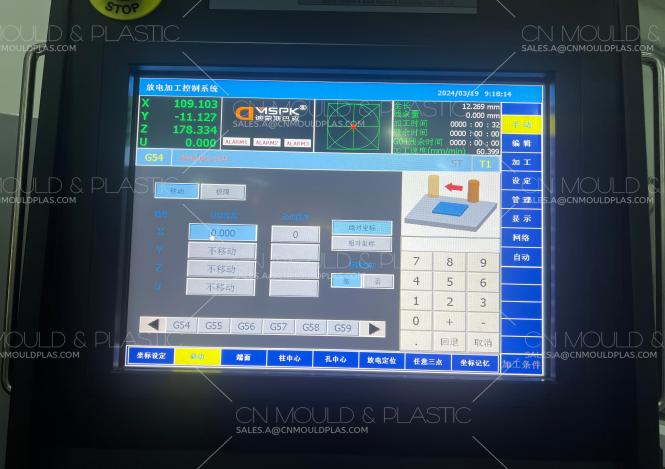In the production process of plastic products, molding technology plays a crucial role. As a modern molding method, injection overmolding technology shows unique advantages in many aspects compared with traditional molding technology. In this paper, we will compare the injection molding overmolding and traditional molding technology to reveal their respective characteristics and application areas.
Injection overmolding technology is known for its high production efficiency. By injecting molten plastic directly into the mold, the technology can quickly achieve product molding and continuous production through automated production lines. In contrast, traditional molding technologies, such as die casting and extrusion, usually require multiple processes and long production cycles, resulting in relatively low efficiency. Therefore, in the pursuit of an efficient production environment, injection molding overmolding technology has become the first choice.
Injection overmolding technology also has advantages in material utilization and cost control. This technology can reduce material waste and production costs by precisely controlling the amount of plastic. At the same time, injection overmolding technology uses a flexible mold design that can be adapted to the production needs of different products, which further improves the utilization of materials. In contrast, traditional molding technology often exists in the low material utilization rate, high production costs, difficult to meet the requirements of the modern manufacturing industry on cost control.
Injection molding overmolding technology has been widely used in many fields due to its unique advantages. From automotive parts to electronic product shells, from medical equipment to daily necessities, injection molding overmolding technology can provide high-quality, high-efficiency molding solutions for these areas. With the continuous progress of science and technology and the continuous expansion of the market, injection molding overmolding technology will continue to develop and improve, and its application areas will be further broadened. In contrast, although traditional molding technology still has certain application value in some specific fields, its market share and development potential will be gradually challenged in the face of competition from injection overmolding technology.
To sum up, there are significant differences between injection overmolding technology and traditional molding technology in terms of production efficiency, product quality, material utilization, and application areas. With the rapid development of the manufacturing industry and the intensification of market competition, injection overmolding technology will occupy an increasingly important position in the production of plastic products in the future by virtue of its unique advantages. However, traditional molding technology still has certain application value, and still plays an irreplaceable role in some specific fields and under specific needs. Therefore, when choosing molding technology, comprehensive consideration should be made according to the product characteristics and production needs, and the most suitable molding technology should be chosen.

